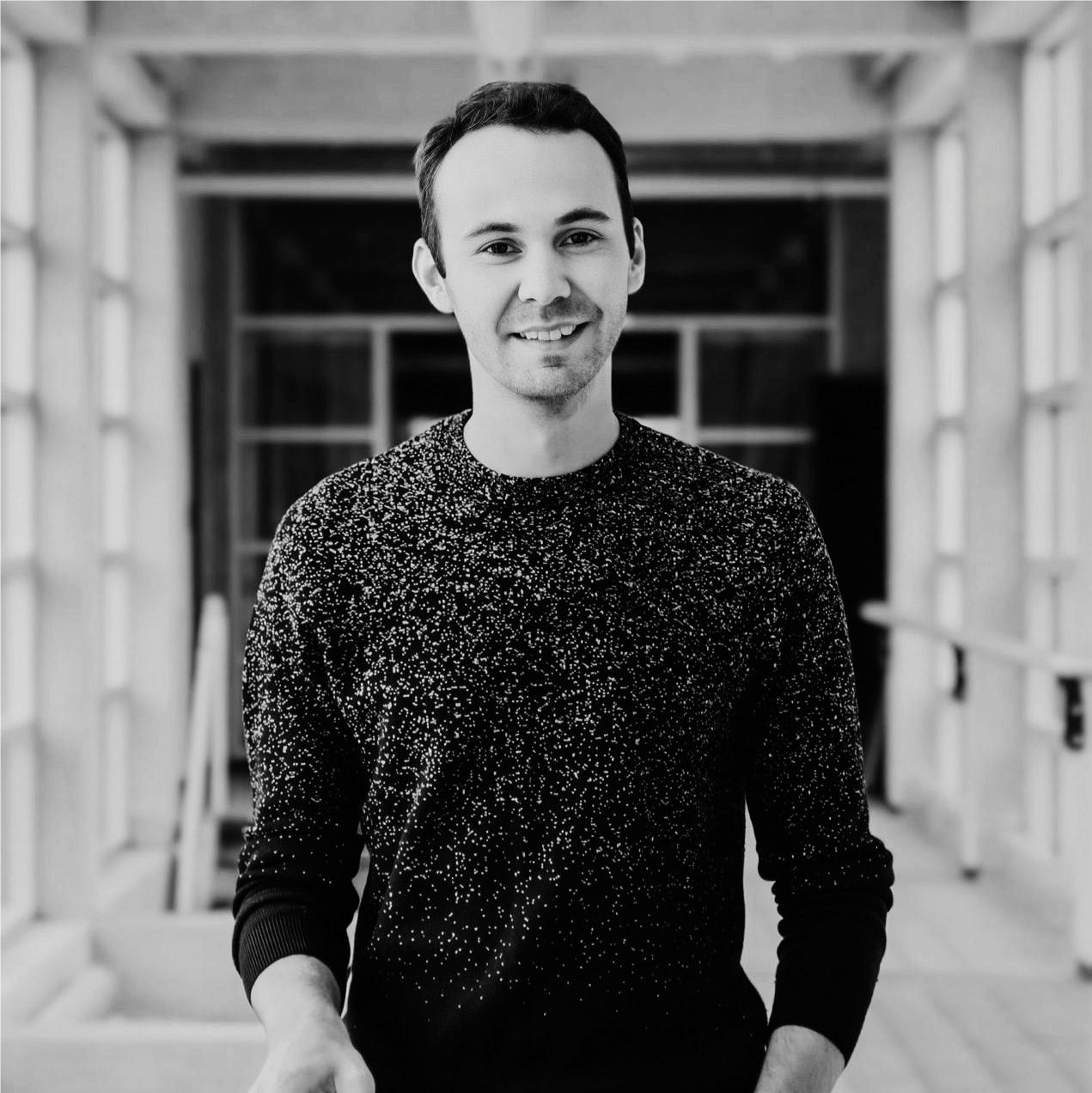Biography
ABOUT
Radu Remus Macovei is a Registered Architect (New York), researcher and educator based between Bucharest and Zurich. He is the founder of StuffStudio.eu, a platform through which he develops design practice and research. He is also a Lecturer and Doctoral Fellow at ETH Zurich researching vernacular wooden architecture in Eastern Europe. Radu held University of Wisconsin’s Architecture Fellowship, Harvard University’s Appleton Fellowship and Robert A.M. Stern’s Traveling Fellowship developing research and teaching agendas. Radu has practiced with Diller Scofidio + Renfro (New York) and Herzog & de Meuron (Basel), among other international practices. He received an undergraduate degree from the AA and graduated with a Master in Architecture with Distinction and a Master in Urban Planning with Distinction from Harvard Graduate School of Design.
AWARDS
Julia A. Appleton Fellowship in Architecture, Harvard University Graduate School of Design, 2020; ‘Best of Best’ Award for Graduate Thesis by Architecture Master Prize, 2020; Nomination at the Romanian Architecture Biennial ‘Visionary Projects’ in 2021 and 2023.
SHORT DESCRIPTION ABOUT THE OFFICE
StuffStudio.eu gathers a portfolio of architectural and urban planning & design work across academic, experimental, research and uncategorizable areas.
PROJECTS TO BE PRESENTED DURING THE EVENT
Project #1: The Room in Front of the Closet
Project 1 category: Residential
Start year: 2023
End year: 2024
As apartments shrink in size in new developments, storage space becomes critical, challenging architects to come up with ingenious solutions. Unlike the tendency to camouflage storage, this project – awarded the Section Prize at the 2024 Bucharest Architecture Annual – locates storage front and center. Built-in closets thus become the organizational elements of living spaces, allowing concealment and disclosure. The project consists in designing a 58 sqm apartment in a residential complex in Bucharest, consisting of an open space with a living room, kitchen and dining area, a bedroom, a bathroom and a loggia. The project emerged from the important, but often neglected, role of the “ante-closet” – the space described by the doorswings in plan: this is the space where we choose how we dress and how we display ourselves outside the home and where we decide how much we reveal about ourselves. The project examines the relationship between storage – also understood as concealment or camouflage – and disclosure – both in terms of objects and the human body itself.










